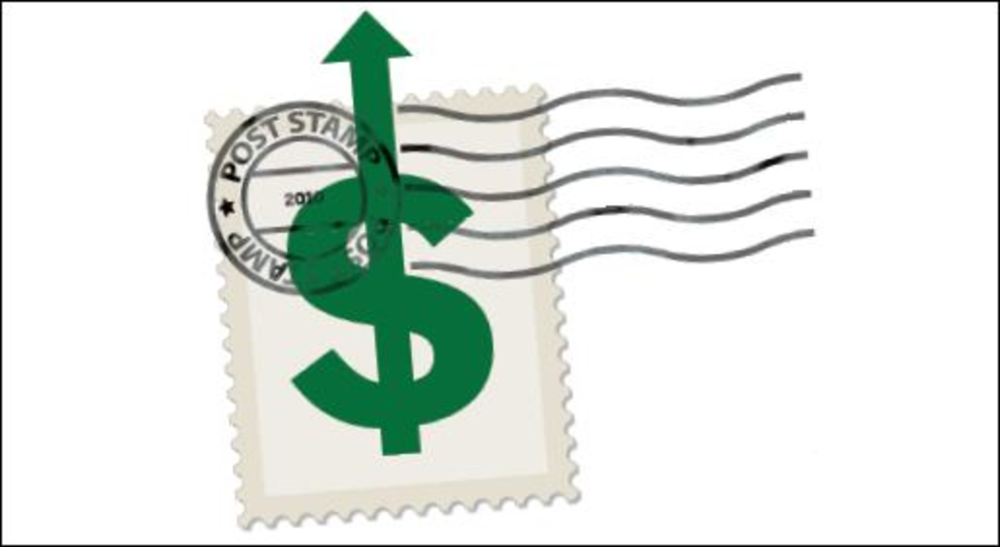Marketers and catalogers that rely on the mail to reach consumers decried the US Postal Service’s proposed “exigent price increases,” saying the rate hikes would have drastic negative financial repercussions for their 2011 operational and marketing plans.
Some organizations said they will cut back on the number of mailings or pieces they send, while others promised to switch some programs to other forms of advertising, including e-mail, telemarketing and print periodicals.
Some mailers said they will move more aggressively to the Internet.
“If this proposed increase goes through, it would have a very negative impact on an already struggling channel,” said John Princiotta, SVP of marketing for Publishers Clearing House. “This would certainly cause us to further accelerate our shift toward online programs.”
Although the majority of marketers and catalogers oppose the rate increase, Netflix expressed support for the rate changes.
“We support the US Postal Service’s total recommended changes, or restructuring. We are in support of that because we believe in a stronger Postal Service with affordable rates and predictable service is in the country’s best interests, certainly in Netflix’s best interests, rather than a weakened Postal Service that is facing such huge deficits,” said Steve Swasey, VP of corporate communications for Netflix, via e-mail. “Nobody likes rate increases or reduced delivery, but as part of a total restructuring plan, we believe it is necessary to save the Post Office. We think everyone should step up, Netflix included, to share some of the sacrifice.”
The Postal Service filed its request with the Postal Regulatory Commission to increase rates by an average of 5.6% on July 6. About 5% of that increase is an “exigent” price increase, or a hike that exceeds a statutorily imposed price cap established under the Postal Accountability and Enhancement Act. The Postal Service argues that the recession and its impact on the USPS’ financial health constitute an extraordinary situation. It expects to lose $6.5 billion this fiscal year and $7 billion in 2011.
“This is not a stand-alone effort, but part of our larger plan to restore the Postal Service to financial health,” said Steve Kearney, SVP of customer relations at the USPS, when the Postal Service revealed the changes.
The PRC has 90 days to issue a decision. The Postal Service, which has also proposed reducing home delivery to five days per week, could implement the changes as early as January 2, 2011.
Many mailers say the Postal Service’s timing couldn’t be worse.
“It is inconceivable how the USPS can file for an exigent rate case and increase rates so drastically at a time when the economic recovery is nowhere close to being complete and inflation remains so low,” said Monalisa Shroff, VP of finance and operations for International Masters Publishers, a publisher of collections for the home and family. “This will severely impact our overall mailing volumes, which will ultimately result in lower revenue for the Postal Service.”
International Masters Publishers, Publishers Clearinghouse and other continuity shippers face an especially brutal postage increase because they use the entire spectrum of mailing services. They use Standard Mail for acquisition of new customers or club members; invoicing of customers via First Class Mail; and product fulfillment, often sent as non-machinable flat mail (about a 38% increase) or Standard Parcels (23.3% average increase).
“The direct marketing community is very bottom-line focused and a big parcel rate increase will lead to mail volume reductions, since volume that had been profitable under the prior rate structure would no longer be profitable at the higher rates,” said Princiotta. “This leads to reduced postal revenue from Standard Mail and First Class Mail too, since there’ll be fewer consumers mailing back entries, receiving billing statements, etc.”
Catalog company Paul Fredrick MenStyle Inc. has already decreased its catalog prospect mailings significantly since catalogers were hit with large postage increases in 2007.
Since that time, the company has cut its total catalog circulation by 29% but its sales have grown by 34%, said Allen Abbott, EVP and COO of the company. The large postage increases prompted the company to use other avenues for prospecting, a trend that will continue with this price increase, he noted. “The pool of available catalog prospects continues to get smaller,” said Allen. “I think that’s as big a problem as the rate increase, which only exacerbates the problem.”
Many nonprofits rely heavily on mail to raise funds and awareness, so any postage rate increase hammers their bottom line from both the cost and revenue side. The American Institute of Cancer Research receives about half of its annual revenue from direct mail appeals, said Kelly Browning, EVP of the organization. In fiscal year 2009, it spent $6.3 million on postage. The USPS proposed price increase would cost the organization an additional $350,000 in postage per year to create the same amount of program activity and financial support, he noted.
“The amount is the equivalent of two AICR research grants annually – grants that we will no longer be able to make as a result of the increased postage expense,” Browning said.
CORRECTION: An earlier version of this article incorrectly stated that The American Institute of Cancer Research spent $6.3 billion on postage. In fact, it spent $6.3 million. We regret the error.








